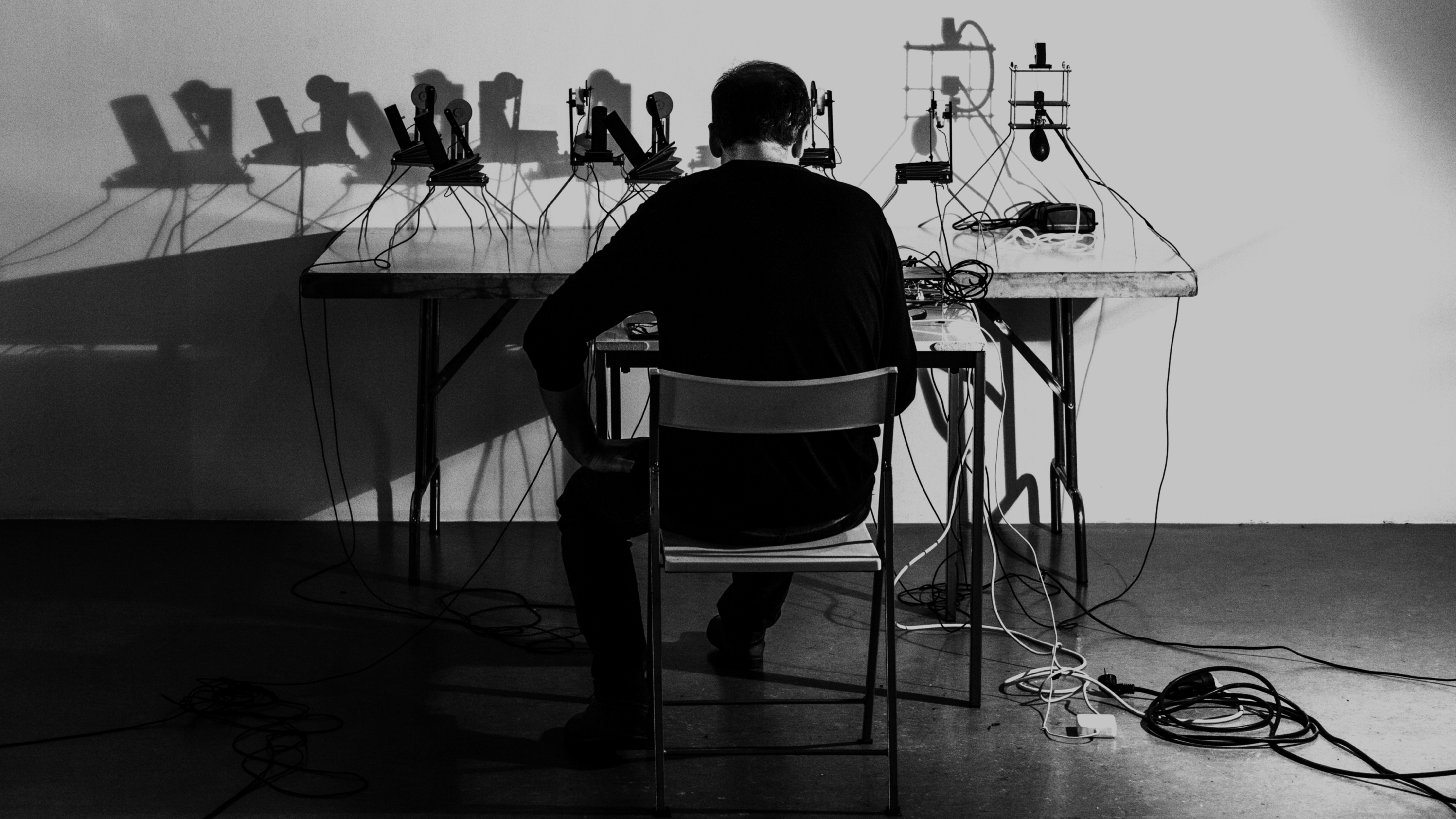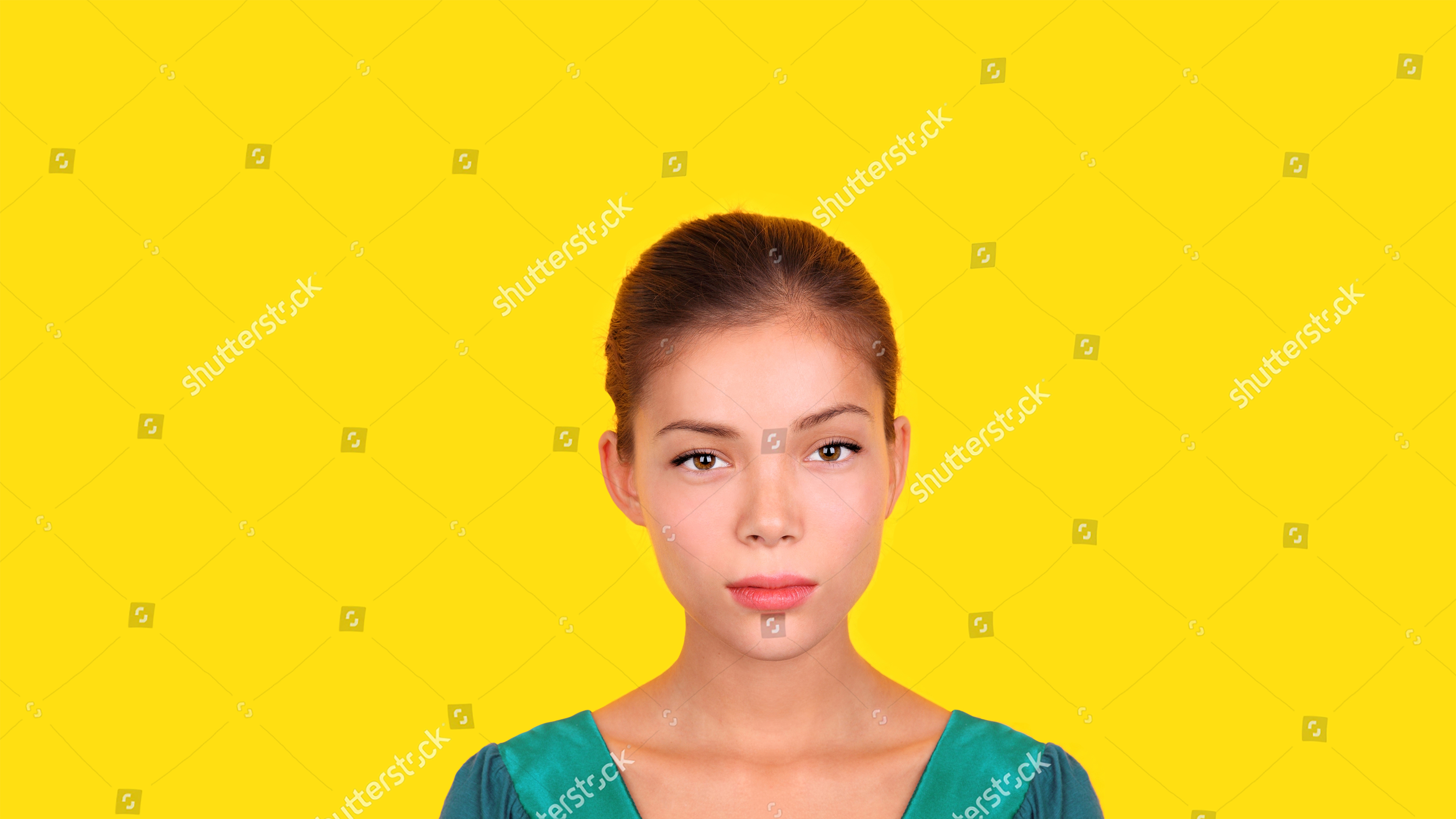Based in Lisbon and composed of three music practitioners, the NOW Collective aims to create environments where sound is accessed in a present manner and music is not only a consumable product but a portal into self-expression for a gathered public. Their most recent curated happening focused on offering healing frequencies. Neuroscience, in its overlap with somatic modalities, has affirmed that binaural frequencies have varying effects on the nervous system, which can be beneficial. Coupled with a guided meditation session, the NOW collective in a subtle and precise manner facilitated a public in-learning about this way of experiencing sound. The collective is known for creating warm and safe spaces where artists can share their newest work and the public can connect in novel ways. This new iteration of their curatorial practice highlights their emphasis on testing the boundaries of what is considered an “event” or even “a music event”, transforming it into an experimental happening around healing. Exploring community building as such, NOW continues its mission to preserve the haptic and sensitive effects of sound.
Josseline Black: How you would define your mission as a collective, regarding sound?
NOW: It’s around making sound experiences accessible, and really trying to challenge new ways to experience music outside of traditional formats. So, thinking about off-the-dancefloor, thinking about new space, and thinking about things that haven't been done before, and asking questions that haven't been asked before. It’s in-person media and trying to share anyone’s knowledge, to give a platform, and have fun in different ways. But always in a present way, not online, not on any social media platform.
JB: How do you see your philosophy and your way of organizing in regards to digitality and the digital?
NOW: I think that we wanted to slightly challenge highly-digitized environments, and the way that they have affected how people behave within those environments, relate to each other, and enjoy sound and music. We’re not anti-digital, we’re just pro-analog. We are trying to propose slower, more meaningful, more intentional ways for people to connect with each other, whether that's just limiting our Instagram posts to just the information needed and not keeping the pages in an archive of everything that's gone before, because we really want people to be present in the moments that we do provide, so that then it is something that sits in the hearts and minds of people rather than a digital legacy. We also wanted to play with embodiment and how it feels to really be in a physical space, and have been, again, experimenting with different ways of sharing that with people, through doing physical things like drawing, or facilitating conversation with communication cards. We took it one step further with the last show we did, in creating an environment where people can really be present in a mindful way. The reason why we’re called No One’s Watching started out in a literal sense. It was about surveillance and the fact that a lot of dancefloors are now preoccupied with documenting the moment rather than being present for something. No One’s Watching, as a platform, stands for visibility and promoting things that are less visible without mandatory documentation.
JB: What is deep listening for you?
NOW: I would define what we do as a mission, as separate from deep listening. Deep listening comes from an angle of curated music, and in its purest form, it’s about music, it’s about enjoying music in its purest way, curated through the lens of somebody who is a well-revered music practitioner. Whereas what we do is about making, no matter what kind of music it is, no matter how long the person is going to be presenting their musical performance, how long they’ve been doing their practice, it doesn’t really matter to us. It’s about the experience that we create and the atmosphere.
JB: Can you share a little bit about what feedback you've gotten from people who gather around your happenings?
NOW: Curiosity. Nobody really knows what’s going to come next, and in which way we’re going. They have to trust us a little bit. They have to trust us and trust our mission, and I think they're pleasantly surprised each time.
JB: I’m aware that your most recent happening dealt with frequencies and unlocking a certain kind of psychological or spiritual experience through sound. Where did that idea come from?
NOW: Curiosity about introducing something different in a community. Sounds affect how you feel, and that links to embodiment, and trying to help people feel present, and to feel like they're in a space where they can feel safe to express themselves. The frequencies are a really stripped-back version of that. Thinking about the power of healing frequencies, open us up to being able to work with practitioners and people who, within their practice of many years, would do healing. This wasn’t something that the audience was particularly used to for our previous events, but we never promise that we’re always going to make people dance.
JB: How do you see what you're doing progressing over time?
NOW: There’s an ambition for us to keep it as organic as possible and keep building this community. We’ve been really lucky with the people that have come, from the beginning, who have always come back, and new ones have also come as well. People always say that it feels welcoming and intentional. The fact that everyone had such visceral experiences in response to the meditation we did, showed us that they were open to it, which I thought was a real blessing, because they trusted us to deliver something special.

